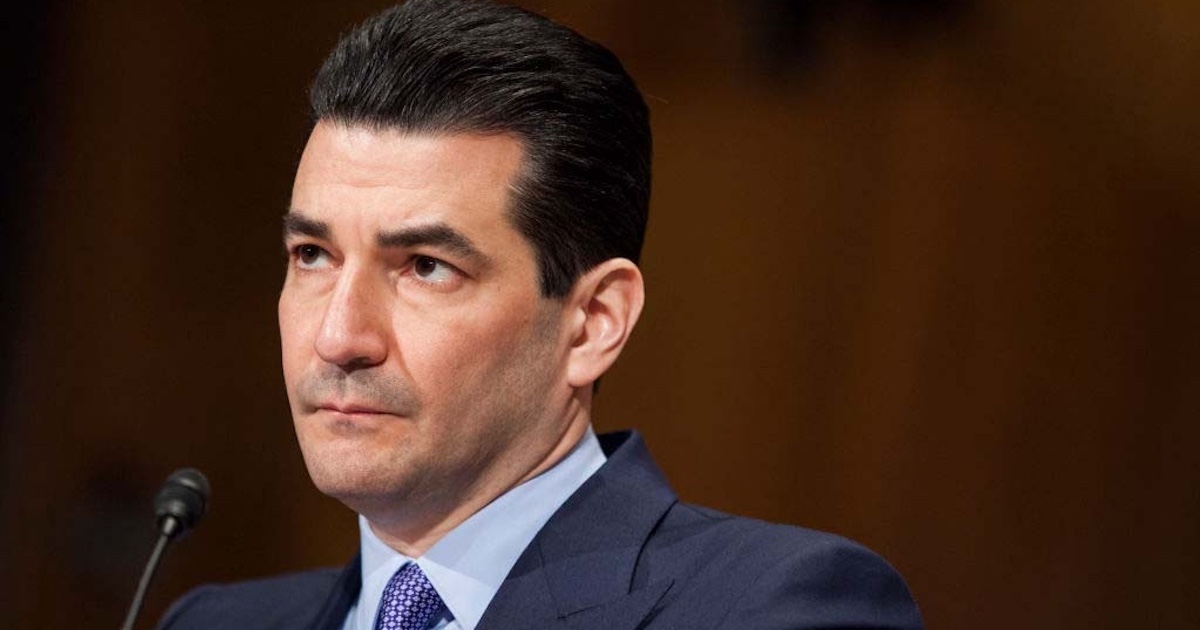In the 1930s, 40 percent of all patient-physician encounters were house calls. Two decades later, that had dipped to 10 percent, as transportation became more available and affordable and enabled patients to visit offices and facilities where diagnostics could be performed.
Today, healthcare appears headed back to the future, with an estimated 80,000 consults per month being performed via telemedicine, according to Richard Boxer, MD, chief medical officer of Pager, a self-described "televangelist" who spoke Tuesday afternoon at the mHealth Summit outside Washington, D.C. That's about one-tenth of one percent of the 80 million total doctor-patient interactions that happen each month in the U.S.
"The floor of opportunity would be 20 million visits per month that could be achievable through telemedicine, video and mobile applications," Boxer said. "If a company can deliver a high-quality, affordable product, patients will be responsive and access it in great numbers."
That premise has been put to the test over the past seven years by the University of Rochester, which has been investigating the practicality and effectiveness of arranging in-home virtual consultations with individuals suffering from Parkinson's disease.
Currently, Parkinson's affects about 500,000 Americans, but that number will increase by about 80 percent in the next 20 years due to an aging population, according to Ray Dorsey, MD, professor of neurology at the university.
And while treatment substantially reduces morbidity and mortality, a large portion of people with Parkinson's do not receive appropriate care, according to Dorsey. More than 40 percent of Medicare beneficiaries with the disease do not see a neurologist.
That matters, he explained, because "those who do not see a neurologist are 20 percent more likely to fracture their hip, 10 percent more likely to be placed in a skilled nursing facility and 20 percent more likely to die prematurely because they can't access care."
The University of Rochester began its research by agreeing to remotely see Parkinson's patients in nursing homes in upstate New York, and then expanded with a randomized pilot of 20 patients who chose whether to come in to a clinic every three months or be seen virtually in their homes.
"The outcomes were quite similar," said Dorsey. "But what wasn't similar was the time and travel that individuals were devoting to the clinic visits. Each virtual visit saved saving patients three hours of time and 100 miles of travel."
The virtual exam is not as good as an in-person visit, but it offers insights into patients' lives at home that caregivers wouldn't get otherwise — such as glimpses of children and pets, or perhaps a spouse or caregiver preparing a meal.
Now the university is planning a national randomized control trial offering Parkinson's patients at least one virtual visit at home with a specialist.
"The latent demand for this type of care is enormous," said Dorsey. "With one Facebook posting and one e-mail blast, we had over 300 people in one month sign up to participate in the study."
In this way, the past is ushering in the present. "We're trying to change the way medicine is delivered," said Dorsey. "We're using technology to enable anyone, for the first time in the history of medicine, to receive care anywhere."


